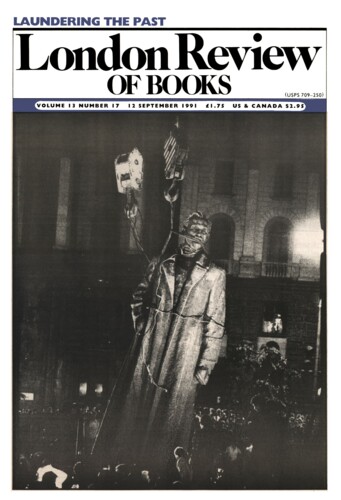A Little Local Irritation: Dickens
Stephen Wall, 16 April 1998
In October 1860 Dickens finally moved what remained of his family from Tavistock Square in Bloombury to Gad’s Hill Place in Kent. He’d bought it four years earlier (for £1750), steadily improved it, and it remained his home until he died there in 1870. On high ground between Rochester and Gravesend, it was the very spot, as his letters insist, where Falstaff ran away. For Dickens, though, the house had a more personal association: he’d admired it as a small boy living nearby, and had been told by his father that if he worked really hard he might one day be able to live there. Recounting this story earlier in the year in a piece written for his weekly, All the Year Round, Dickens had wisely declined to congratulate himself on the realisation of his childish ambition. The household at Gad’s Hill hardly matched the domestic idylls with which his novels so often conclude.





